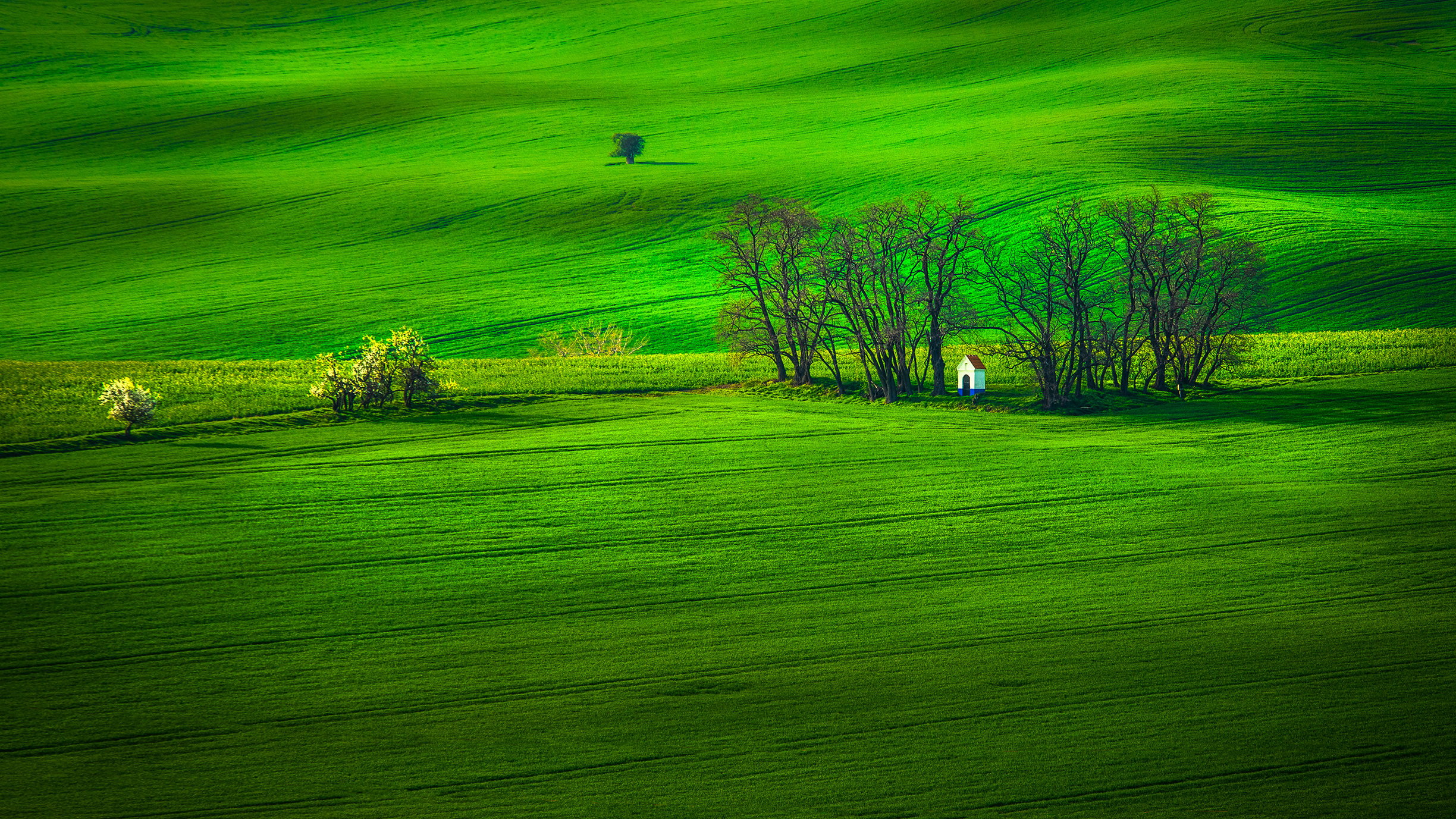
Ryszard Lomnicki is a specialist in long exposure and landscape photography. His expertise allowed him to travel and spend time in the wild, which he believes to be one of the many positive aspects of being a photographer.
I had the honour of interviewing him about his work and analysing his image created in Moravia, Czech Republic. During our discussion, we delved into the techniques he used to capture the photo and why it works so effectively...
1. Vivid colours
Landscapes undergo significant transformations throughout the year, influenced by the weather and the season, but Ryszard decided to capture this scene in spring. “I planned to capture this scene at this time of year as I really wanted to show nature coming to life,” he explains. “The lushness of the spring greenery is crucial in this photo.”
Ryszard skilfully captured the light and shadow to highlight the different hues of green. This has resulted in a vibrant but harmonious frame that mesmerizes with its vivid colors. Furthermore, this all-green color scheme allows the tiny Chapel of St Barbara, found on the right of the frame, to stand out.
2. Leading lines
“The main challenge I faced when shooting in this location was the distance from the Chapel of St Barbara. Capturing the frame as I intended meant that I had to adjust the position of the tripod to align with the desired composition,” Ryszard explains.
He opted to include leading lines in his composition, with the trees creating lines that lead towards the chapel, naturally guiding the viewer’s gaze towards it. “By placing the chapel in a strong point, the leading lines combined with the undulations of the terrain highlighted by the rays of the setting sun, result in a more interesting image overall,” he adds.
3. Excluded horizon
When creating a balanced composition, the horizon is usually placed in the frame and often adheres to the classic rule of thirds. However, Ryszard intentionally chose to break with convention here by filling the frame with the landscape instead.
“I decided to isolate the scene with the fields, the trees and a chapel to focus the eye on the most important elements of this scene,” he explains. “Including the horizon and sky might have unnecessarily disturbed the clean composition.” By doing so, he has showcased the landscape to its fullest potential.
4. Light fall-off
By darkening the edges of the frame using a vignette, Ryszard achieved a visual spotlight on the subject. “The vignetting effect was used specifically to focus the
eye on the most important elements of this photo,” he explains.
With the reduction of brightness, a visual leading part was created that skillfully draws the viewer into the frame while enhancing the narrative of the photograph.
Tech details

Camera: Sony A7R III
Lens: Sigma 70-200mm f/2.8 EX DG OS HSM
Aperture: f/11
Shutter speed: 1/80 sec
ISO: 100
Others in the Why Shots Work series
- Urban street photographer reveals his candid capture secrets
- Photographer tells story of getting up close and personal with a python
- Discover four key elements that make this stunning photo a success
- The 4 photographic decisions that take this motorsport shot to the next level
- Photographer tells story of his amazing shot of wallabies fighting on the beach




!["[T]he First and Fifth Amendments Require ICE to Provide Information About the Whereabouts of a Detained Person"](https://images.inkl.com/s3/publisher/cover/212/reason-cover.png?w=600)


